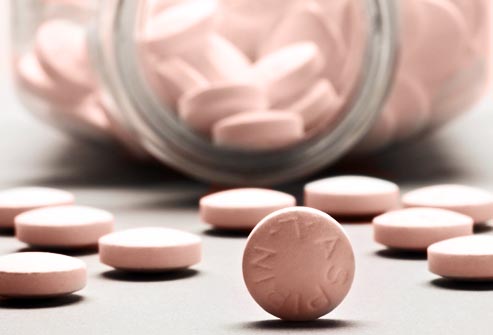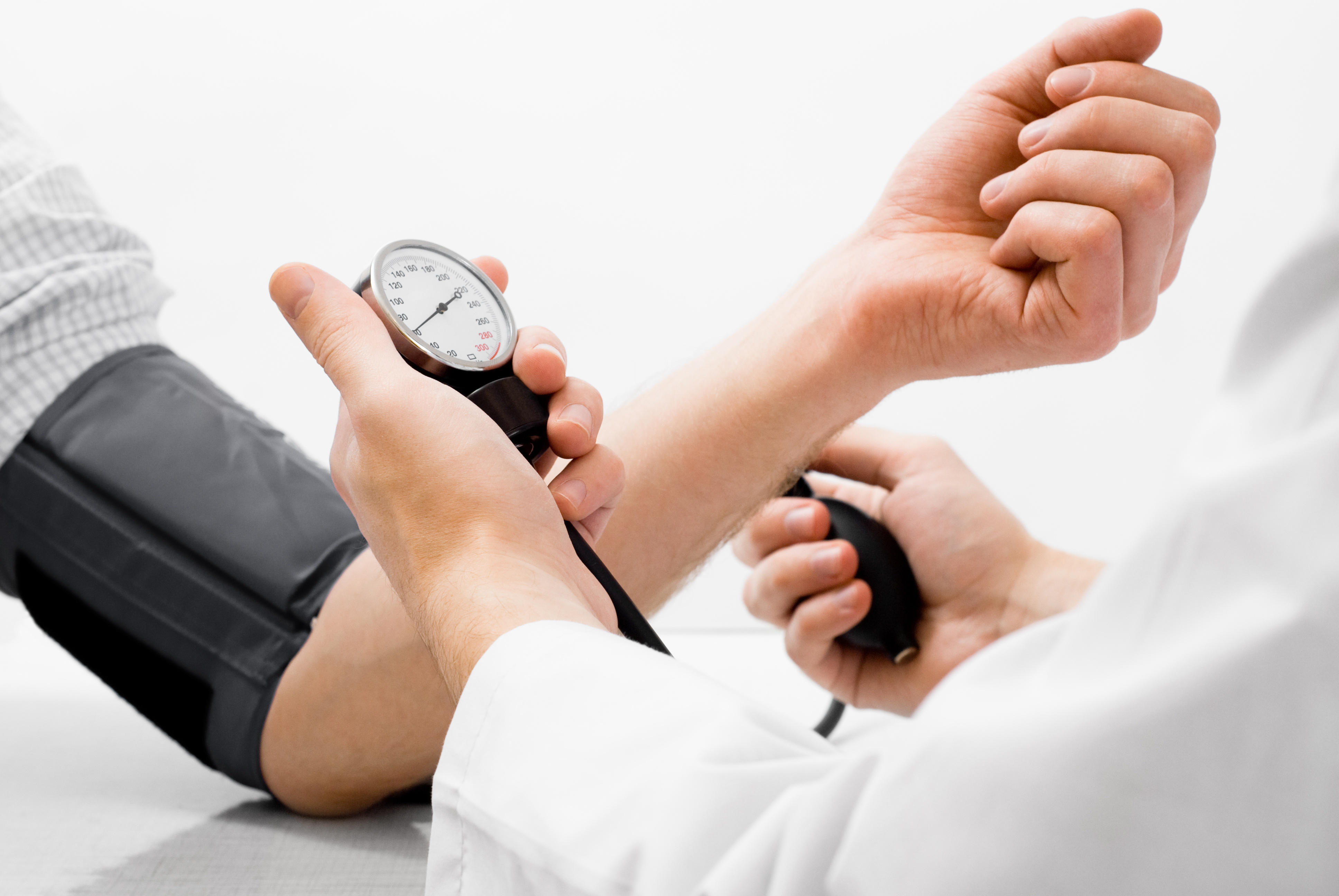
by admin | Mar 18, 2014 | Prescription Drugs
Introduction One of the most popular recommendations for preventing a heart attack or stroke in healthy people is the recommendation of a baby aspirin or low dose aspirin. Although extremely popular, this advice has NO scientific support. According to two detailed...

by admin | Mar 17, 2014 | Womens Health
Think PMS is a normal part of being a woman? It doesn’t have to be! You can feel better—less moody, bloated, and fatigued, for example—by trying a few select nutrients Premenstrual syndrome (PMS)—a recurrent condition that develops 7-14 days before...

by admin | Mar 11, 2014 | Natural Facts
Introduction: Elevated blood pressure (high BP) or hypertension is a major risk factor for a heart attack or stroke. In fact, it is generally regarded as the most significant risk factor for stroke. More than 60 million Americans have high BP, including more than half...

by admin | Mar 10, 2014 | Healing Food Facts
As a native to Central America, the papaya is a tropical fruit with a soft consistency and sweet taste. The papaya became a favorite of Spanish and Portuguese explorers, who spread the fruit to subtropical lands including India, the Philippines and regions of Africa....

by admin | Mar 4, 2014 | Exercise
Introduction Numerous studies show that the elderly have increased oxidative stress and impaired antioxidant defense systems. As a result, the aging process in general increases with aging as a result of this double whammy. And, in addition to the aging faster, the...








